Filter by
Case studies (149)
RSS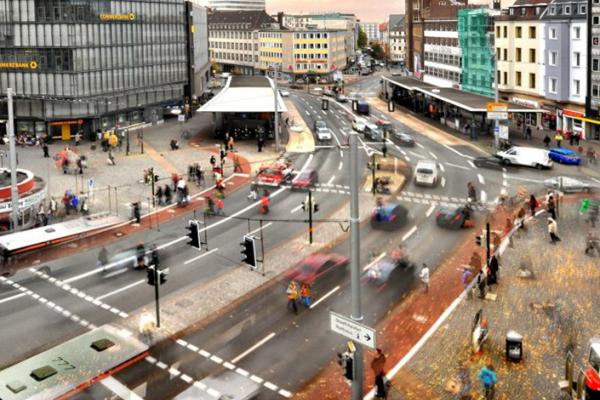
Bielefield in Germany decided to reduce individual motorised traffic in the Jahnplatz square to reduce air pollution and create a more liveable public square right at the heart of the city.
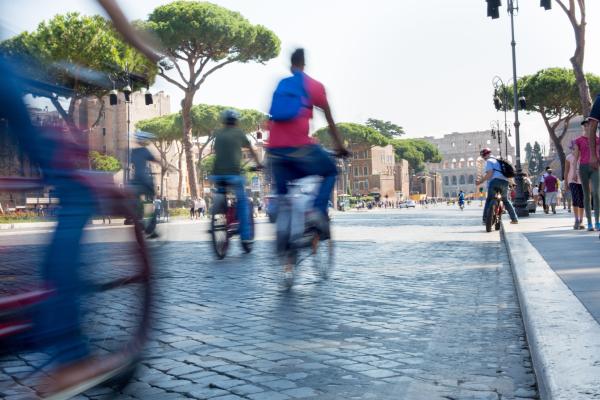
Rome approved its SUMP in 2019 following a two-year participatory process with stakeholders. The SUMP marks a crucial point in the city's transition to cleaner and better urban transport, and highlights the advantages of bottom-up sustainable urban mobility planning.
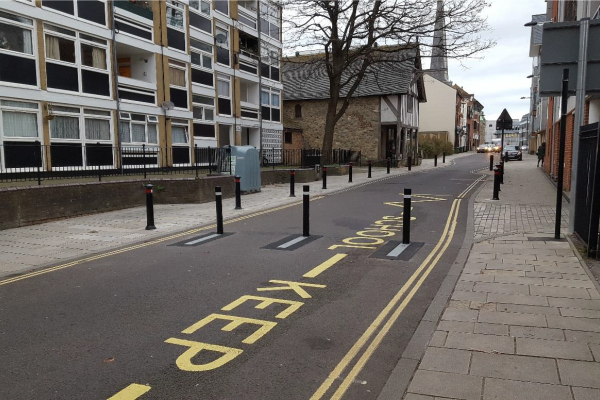
St. Johns Temporary School Street Opening in Southampton was implemented with the aim of making a school street more child-friendly.
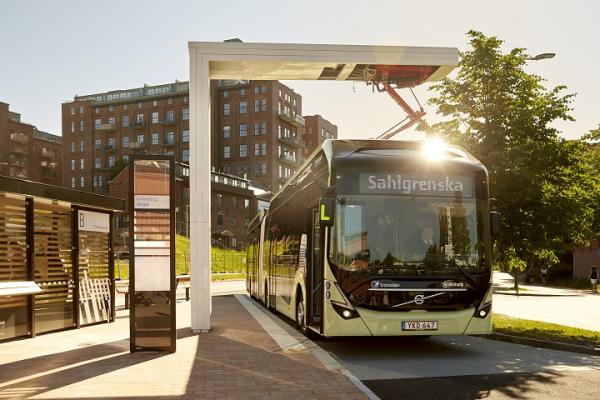
Geofencing applications are starting to appear on city streets, with the electric mode of hybrid vehicles being turned on in specific city areas or for enforcing speed limits. Gothenburg is leading the way by testing geofencing in a bid to make urban transport safer and more sustainable.

Appropriate urban planning and design of the transport system is needed to address the unique challenges in island regions. The CIVINET CY-EL network, which is dedicated to promoting sustainable mobility in Greece and Cyprus, has developed the concept of a Sustainable Island Mobility Plan.
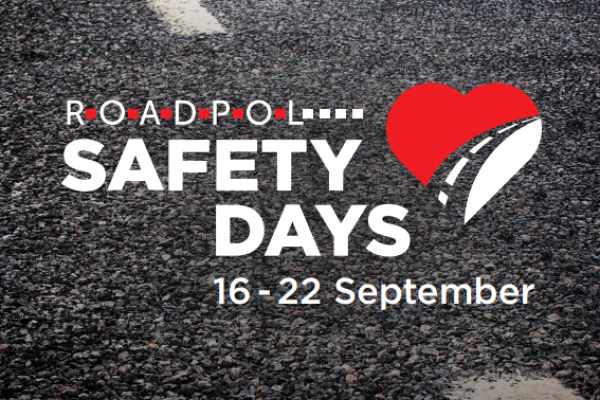
On average, nearly 70 people die in a road crash every day – in Europe alone. European traffic police forces have teamed up to help bring this number down to zero – by launching the ROADPOL Safety Days and raising awareness of the current reality across Europe.

In the face of heavy traffic, the Romanian City of Slatina realised it had to change how traffic affected life in the city – now and in the future.

The increased use and availability of e-scooters in cities brings opportunities for sustainable modes and challenges for those managing the public space. This Eltis case study explores the widespread amendments to national regulations with regard to e-scooters that have emerged in recent years.
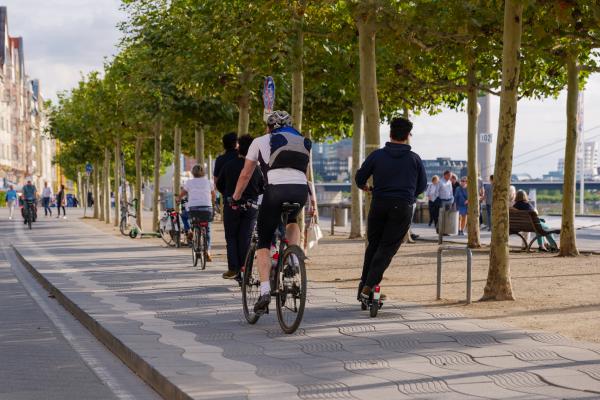
This case study explains what micromobility is, looks at the rise in popularity of these vehicles, and explores why they are polarising opinion in cities around the world.
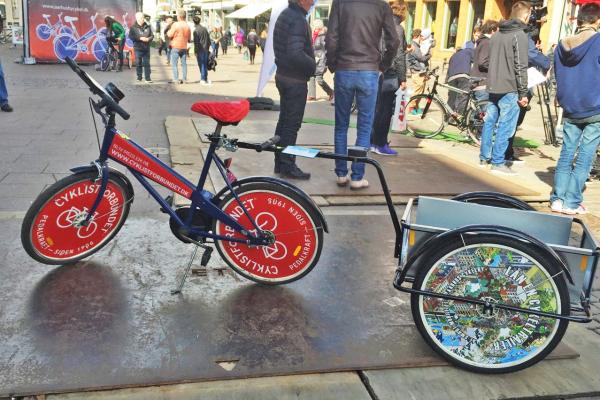
In 2016, the City of Aarhus was the first city worldwide to include bike trailers into its city bike scheme
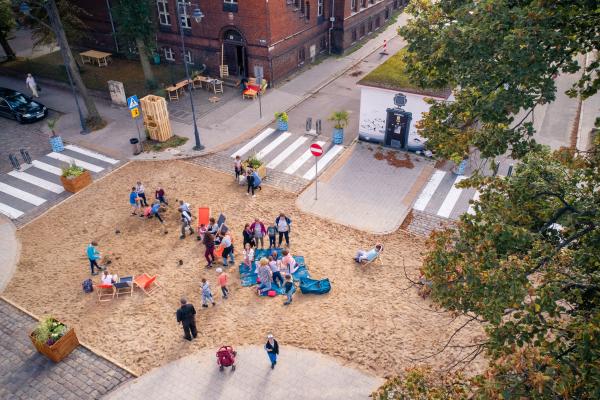
The City of Gdansk wanted to try an innovative method to promote multimodal travel behavior in Gdansk and used a Living Street campaign during EUROPEANMOBILITYWEEK 2019.
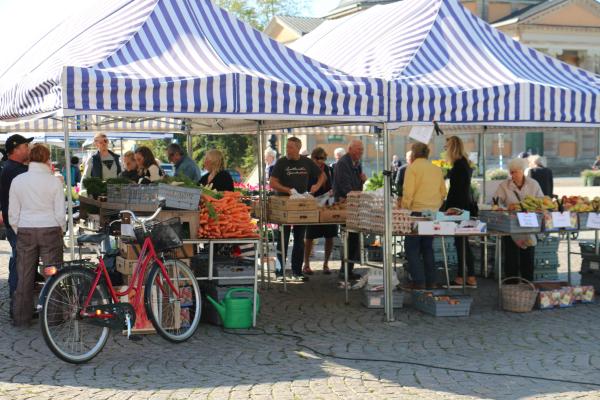
During car-free day in European Mobility Week (EMW) 2019, the municipality of Karlskrona implemented the concept of 'Living Streets'. For one Saturday, public space was closed to motorised traffic and used as a space for human interaction.

To assess the current needs of children in the city of Pskov a masterclass for children and adolescents was organised by the Pskov city administration and the International Centre for Social and Economic Research (ICSER) Leontief Centre in St Petersburg.
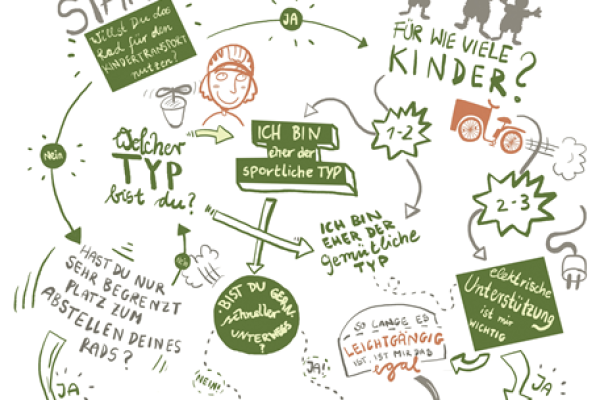
Every year, the LA 21 Working group “Climate protection and Mobility” of the City of Rostock organises a car-free day in September called “Climate Action Day”. For one day, the centrally located, four-lane street “Lange Straße” is converted into a car-free street with a fair.
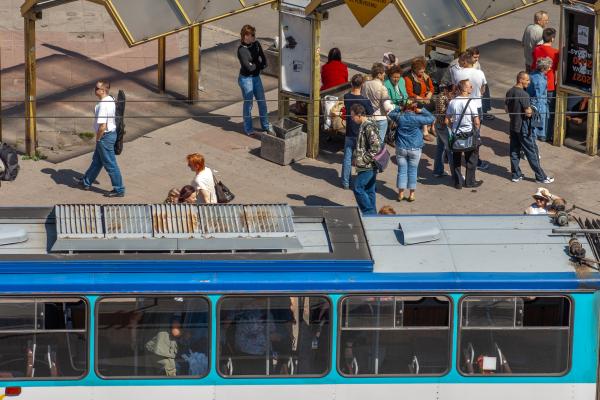
The introduction of a mobility point involves the involvement of various stakeholders. It is therefore necessary to bring together the views and interests of the stakeholder group to develop and implement the Mobility Points concept.
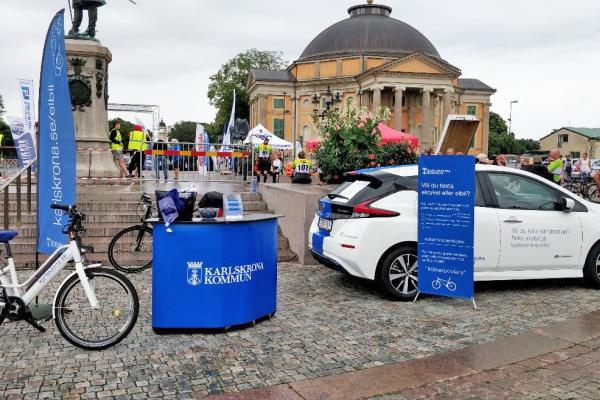
New case study describes the City of Karlskrona's promotion of public participation in mobility planning.
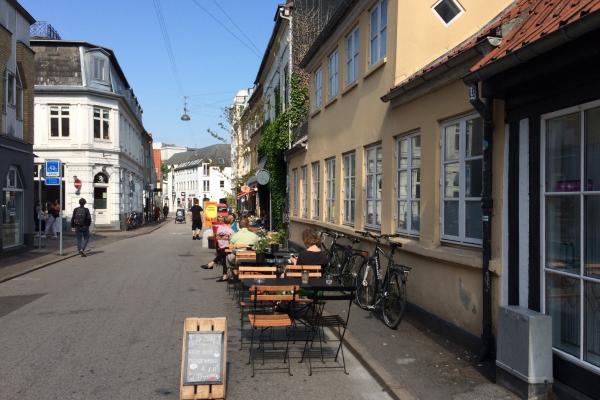
As a part of the “Summer Pedestrian Street Pilot Project”, two streets in Aarhus; “Graven” and “Vestergade” were converted into pedestrian streets from June 2019 to October 2019. The project’s objective was to enhance the liveable urban environment by creating living and green streets.

The CIVITAS City Logistics in Living Laboratories (CityLab) project aimed to develop cost-effective and sustainable solutions to reduce the negative impacts on traffic and the environment related to the delivery of goods and the collection of waste in urban areas.
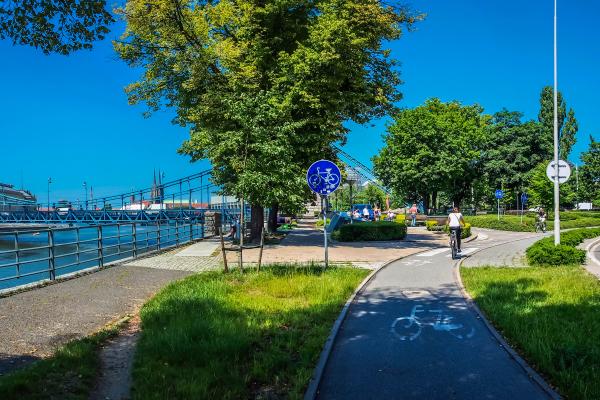
This case study details why Wrocław was chosen as one of the finalists of the 8th SUMP Award which focused on the theme of safe walking and cycling. Wrocław presented a holistic plan which shows a clear paradigm shift in the transport policy of the city.
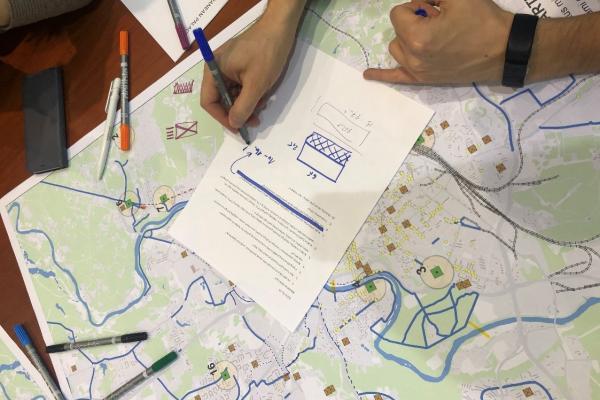
Involvement of residents and stakeholders in the cities.multimodal project consisted of several events for different target groups. The main aim was to introduce the project and proposals to the public.
